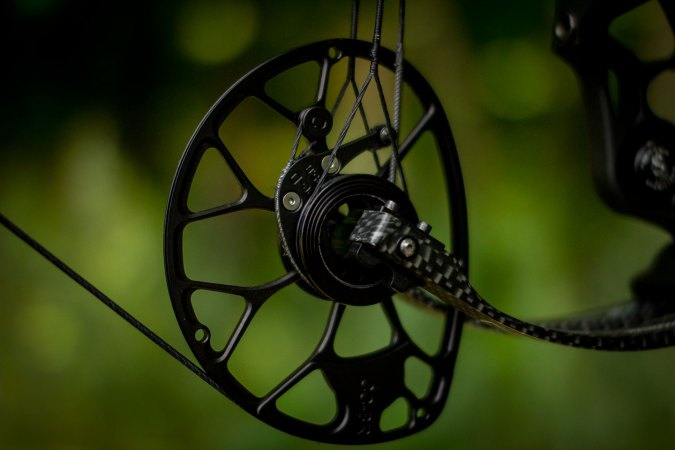We may earn revenue from the products available on this page and participate in affiliate programs. Learn More ›
The world is full of insects and other invertebrates with painful, sometimes deadly, bites. What you don’t know about insects could hurt you. Take the following quiz to see how wise you are regarding bad bugs, the diseases they spread and methods for avoiding and treating their bites and stings. Answers are on page HB23.
1. Some insects believed to cause painful bites actually sting humans. Which one of the following bugs does not attack by cutting or piercing with its mouthparts? A) Fire ant B) Yellow fly C) Flea D) Bedbug
2. Lyme disease can be transmitted by several species of ticks. Approximately 10,000-12,000 cases are reported in the U.S. each year. What is the single state in which Lyme disease has not yet been reported? A) Montana B) Arizona C) Alaska D) Hawaii
3 Horseflies and deerflies (family Tabanidae) cause painful bites when they cut through skin with their knife-like mouthparts to get a blood meal. These flies are potential vectors of diseases such as anthrax, tularemia, anaplasmosis and filariasis. What other disease are they suspected of transmitting? A) Rocky Mountain spotted fever B) Malaria C) Lyme disease D) Canine distemper
4. Various chemical compounds are applied to skin or clothing to discourage insects. For example, the most effective repellents for mosquitoes contain DEET. Permethrin products are more effective than DEET products against ticks. What is the common name of the compound used in the most effective repellents against biting flies? A) Citronella B) R-326 C) Roundup D) Polysorbate-20
5. The tiny insects known as punkies, no-see-ums or sand flies (family Ceratopogonidae) are an even greater nuisance than mosquitoes in some areas because their bite is like a jab with a red-hot needle. They are so small that they can enter dwellings through ordinary screens. What is the common name for this group of insects? A) Gnats B) Biting midges C) Black flies D) Deerflies
6. Medical experts often recommend a simple home treatment to help relieve the discomfort from bites of horseflies, deerflies, sand flies and gnats. What is it? A) Apply lemon juice to the bite. B) Rub a solution of meat tenderizer and water on the bite. C) Dab fingernail polish on the bite. D) Wash the bite with lye soap.
7. Which of the following statements about horseflies and deerflies is NOT true? A) They are attracted by shiny surfaces. B) They are most active on overcast days. C) Moving objects, especially those that are dark-colored, are most prone to attack. D) The fly’s saliva prevents the bite wound from clotting while the insect feeds.
8. The world’s most deadly biting bug is the: A) Tick B) Horsefly C) Black fly D) Mosquito
BUG QUIZ ANSWERS
From page HB10
1. A. Fire ants do not bite; they sting like wasps and bees. They hold on with their mouthparts and inject venom into skin through a smooth, not barbed, stinger.
2. D.
3. C. (New England Journal of Medicine 322:1752, 1990)
4. B. The best insect repellents often contain R-326 and DEET, plus a third ingredient, MGK-264, that maximizes the effectiveness of both.
5. B.
6. A.
7. B. Horseflies and deerflies are most active on warm, sunny days when there is little or no wind.
8. D. Mosquitoes carry numerous diseases such as West Nile Virus and malaria, causing millions of deaths each year.

